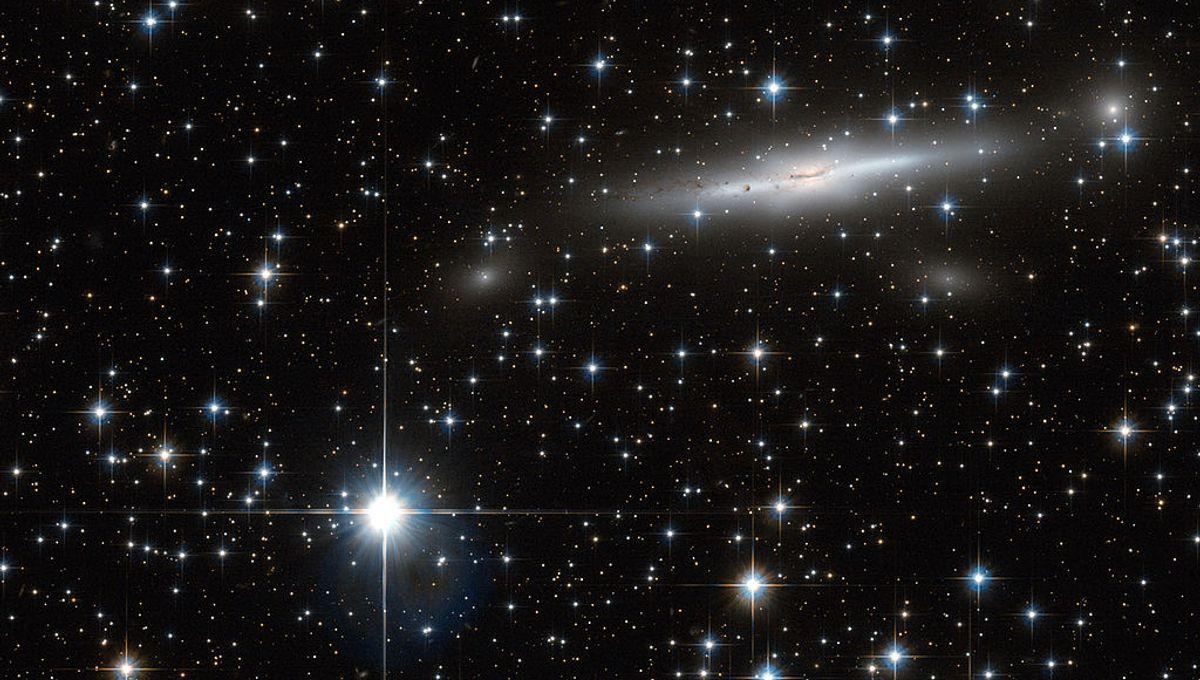In 1929, it was discovered that a galaxy’s redshift is proportional to its distance from us. This breakthrough provided a method to measure the distances of far-off galaxies and revealed that most are moving away, offering strong evidence for an expanding universe.
This knowledge, as well as helping us learn about the shape of the universe and its expansion, eventually led to a slightly unsettling discovery. As they continued to map the observable universe, astronomers looking at 400 elliptical galaxies noticed that they were moving towards something we cannot see, as it is in the "Zone of Avoidance", or the area of sky obscured by our own galaxy's galactic plane and the cosmic dust within it. Whatever it was, to move a large number of galaxies requires a lot of mass. We can't see it, but we are being dragged towards something gigantic. So, is it time to crack each other's heads open and feast on the goo inside? No. While continuing to be largely obscured by the Zone of Avoidance, we have a fairly good idea of what we're (not) looking at. Observing other galaxies in the sky has shown us that galaxies clump together to form "superclusters", with 90 percent of galaxies thought to reside within them. By looking at the flow of galaxies, a team in 2014 found the Milky Way, already part of the Virgo Supercluster, is likely within an even larger structure containing around 100,000 galaxies. "Local flows within the region converge toward the Norma and Centaurus clusters in good approximation to the location of what has been called the ‘Great Attractor’," the team wrote in their paper. "The region deserves a name. In the Hawaiian language, 'lani' means 'heaven' and 'akea' means 'spacious, immeasurable'. We propose that we live in the Laniakea Supercluster of galaxies." The Great Attractor, rather than anything to be afraid of, is where our local galaxies are heading to hang out, the central gravitational point of our local area of the universe. Unfortunately for any lonely galaxies hoping to meet other singles in their area, the expansion of the universe will eventually rip us all apart from the cluster's influence, as is the fate of the other superclusters out there. A previous version of this article was first published in 2023.





